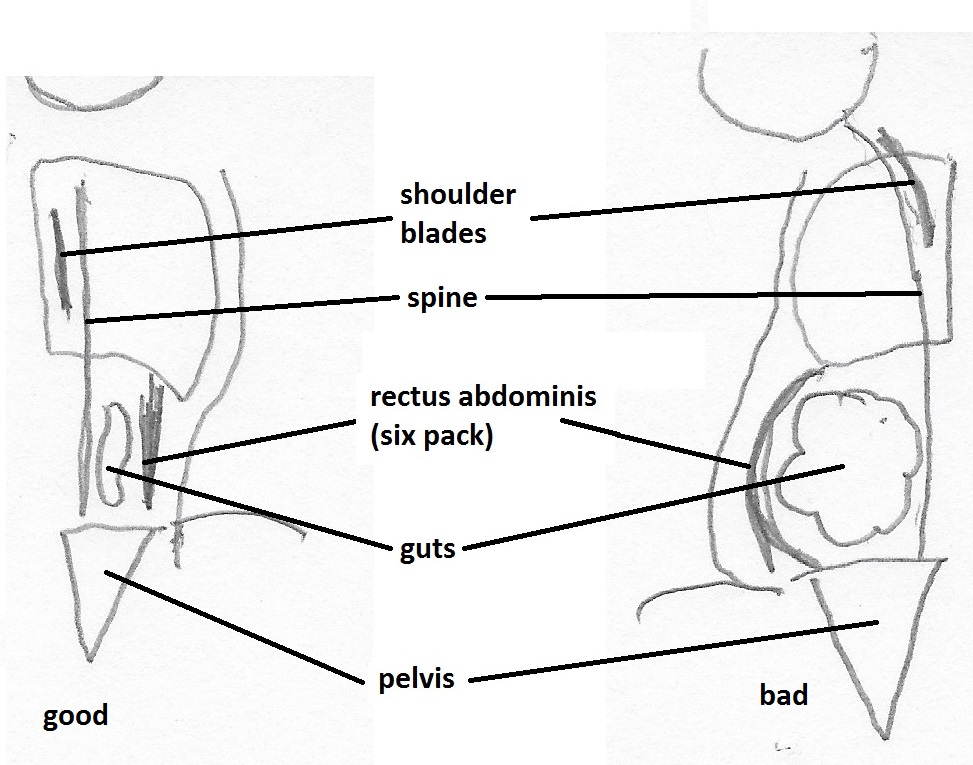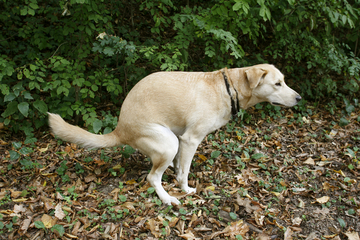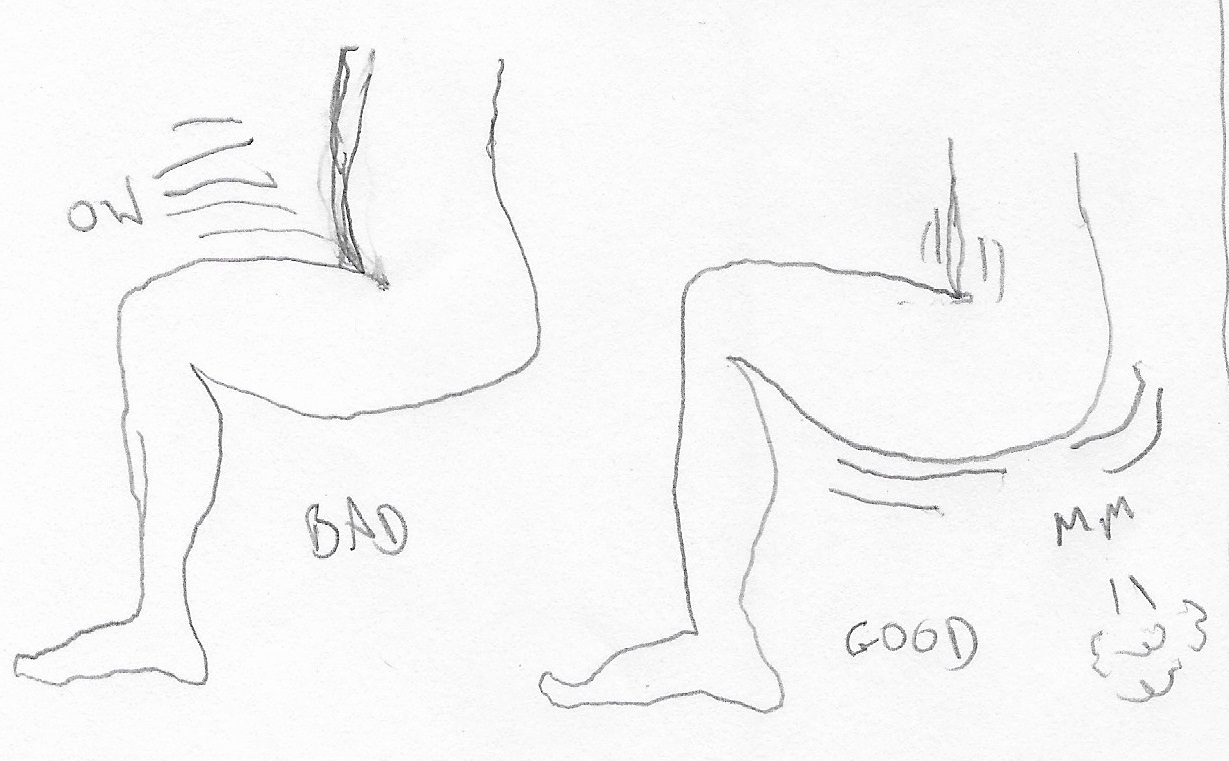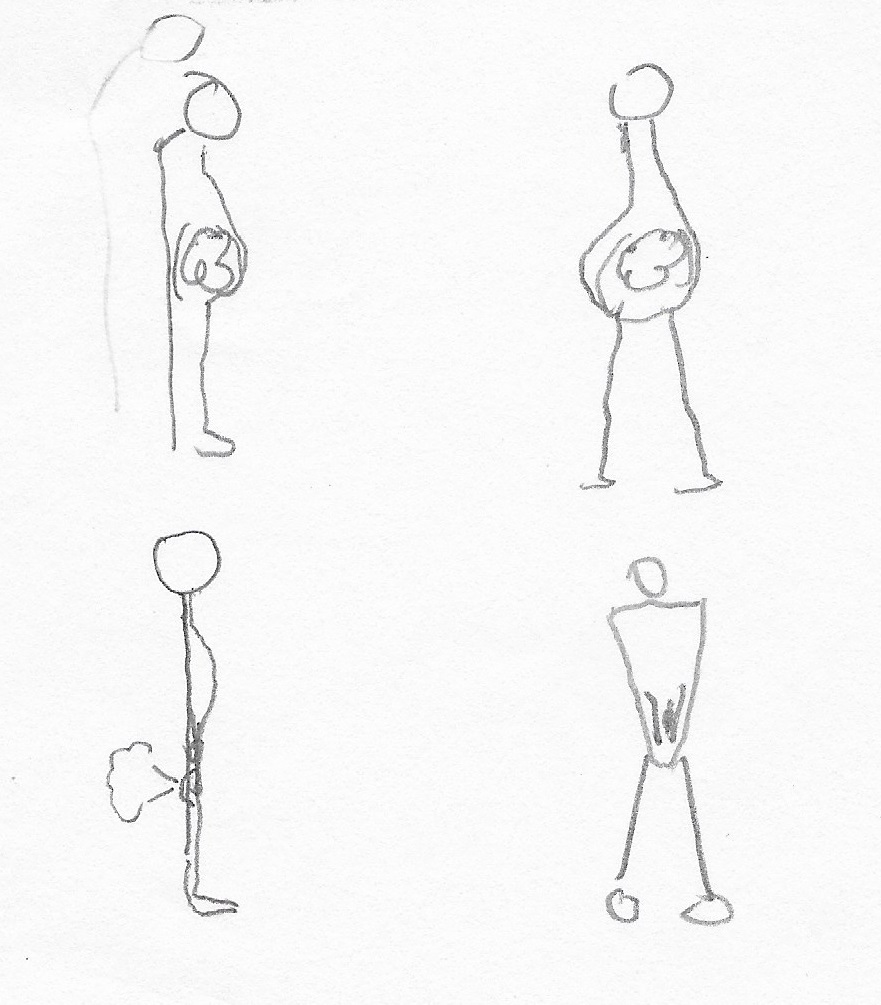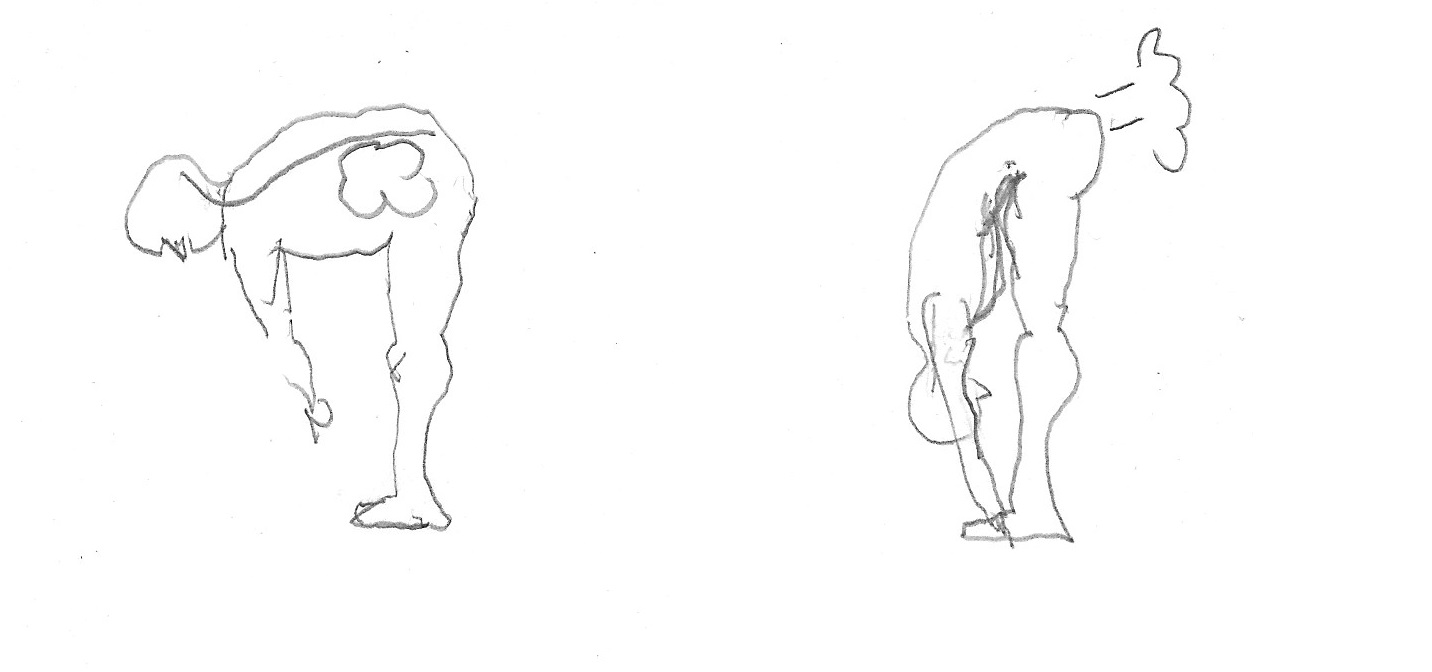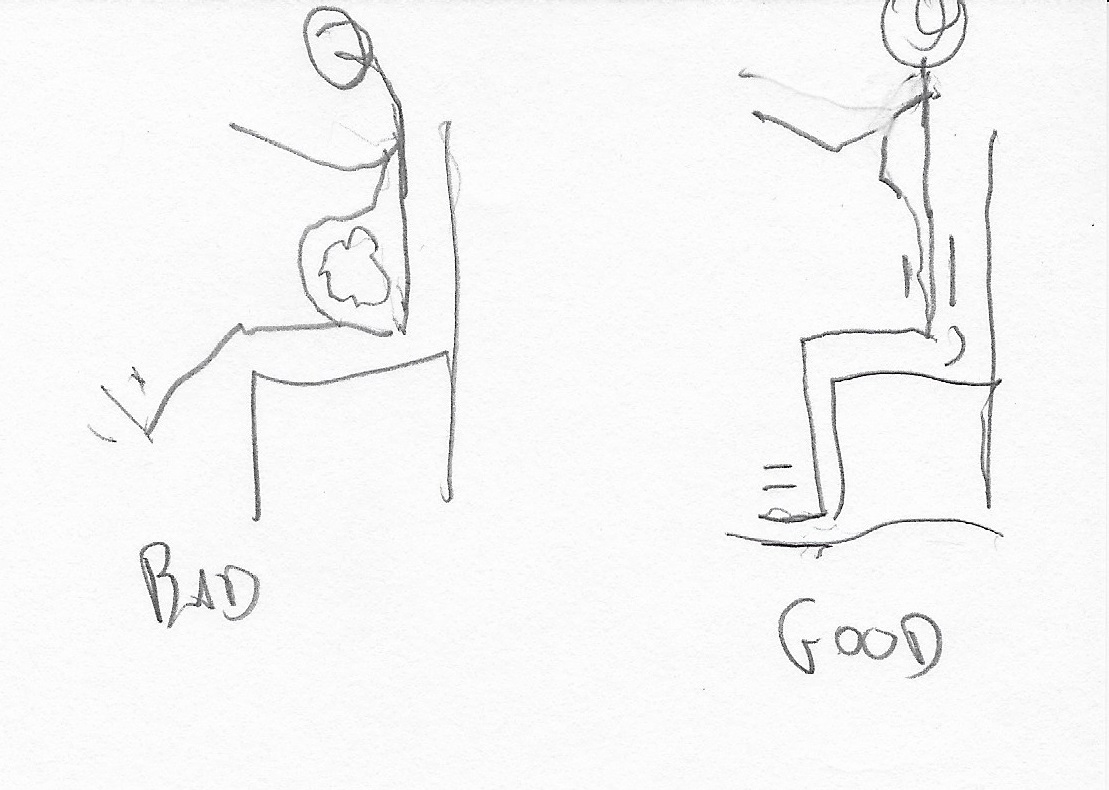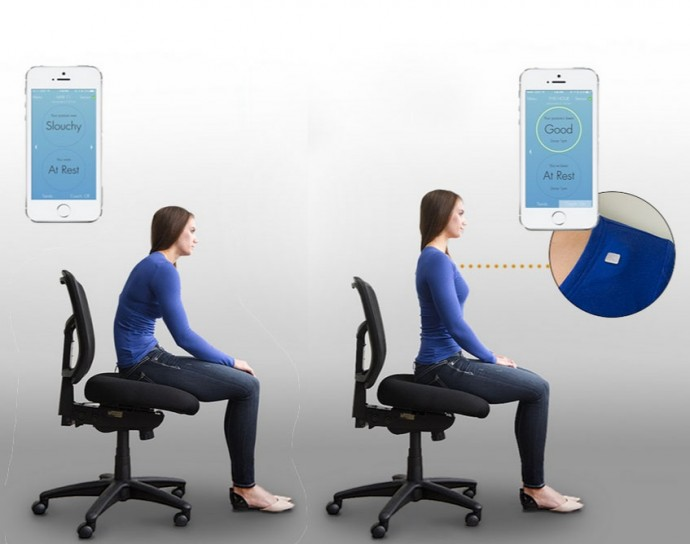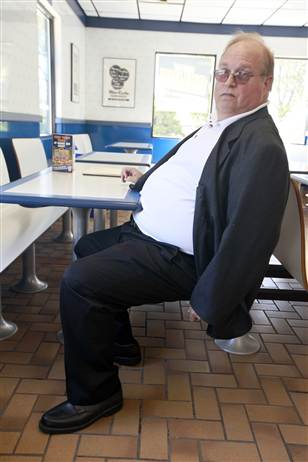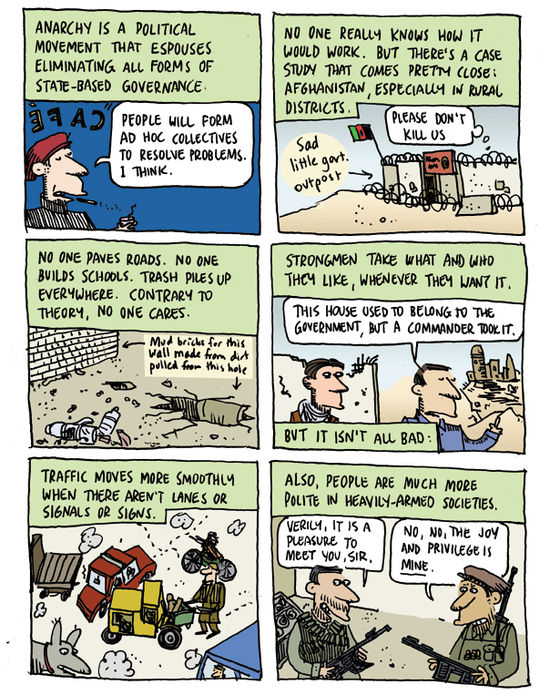Introduction
Gas is the major unspoken problem in yoga. It is worse than sweat, because sweat you can’t help. Gas you feel is voluntary, even though it’s not. Why do you have it? Is it really a faux-pas? Can we admit that yoga helps release gas? What’s the best way to release it?
Contrary to popular belief, gas is not unhealthy. It’s a normal part of a healthy diet. What is unhealthy is the buildup of gas that comes from eating too much food and/or too bad food. This buildup of bad food and gas in the intestines is what distends your abdominal cavity. This makes all sorts of poses and activity much more difficult.
The real tragedy about all this is, the need to cut one in the middle of class is a great indicator that your practice is improving. So we don’t want to deny this basic urge.
But let’s get something else out of the way. We’re not here to usher in an Aquarian age of open discussion of gas (even though Aquarius is, counter-intuitively, an air sign). We feel like some things are worth being unspoken. That’s what books are for. Here, we can have a frank discussion about gas without ever having to break that third wall about it in public.
So that’s what we’re here for: to tell you, hey, pal. You’re not alone. We know you have this “problem”, we share your belief it’s not really a problem. But we also know you want to impress the people around you, even though you may know that they all go through the same thing. And hey, it’s okay. Let’s work through this.
The release of gas is not unlike any other pose in yoga. You will get better at it with mindful practice.
Basic Phsyiology
The major issue of gas is that a beginner generally comes into yoga with a distended gut. Bad diets, bad habits, bad life, at some point one seeks the path of penitence and attrition, says they need to do something about this bad path, and shows up on the yoga mat.
And then they look at the yoga teacher. Generally trim, fit, joyous, cheerfully getting in and out of the most complicated poses, while the beginner is generally gassy, sweaty, stiff, and well plain miserable.
It calls into mind the Ancient Greek paradox, that nothing ever changes. That’s because in order for anything to change, it has to go from a state of being to not being, or vice versa. That means at some point it has to both be and not be, simultaneously, a contradiction.
So yes, it does seem like you’ll never reach that point, it’s because with this mindset, you won’t.
But if one were to see the world as in a state of eternal flux, where nothing is in a state of being, and everything is in development, then the contradiction is resolved. And that’s the attitude to have towards one’s yoga practice, and dealing with gas.
The basic development process we talk about here is what happens in your gut. There’s a lot going on in there. The abdominal muscles aren’t just in front – they surround your guts, forming a living corset. It connects your lower body (hips down) to your upper body (chest up). It is involved from any athletic movement to just picking up heavy objects. An upright posture involves a core that is tightly wound around the guts, compacting them and resting your body weight on them. This makes the spine virtually float. If you have lower back pain, it’s usually a sign of abdominal muscles that have checked out, letting the guts spill everywhere. Now you are relying on much smaller lower back muscles meant for balancing to do the work.
Engaging your core is not so much an issue of strengthening your abdominal muscles. It’s an issue of “getting the gas out”. For example, in a basic issue like a sit-up or a crunch, notice how someone with a distended gut does it from someone with a tight gut. If you’re feeling a sit-up too much in your hip flexors or your neck rather than those delicious abs, it’s because you’re trying to get around that huge gut that’s in the way. But if you feel like you want to poop or pass gas when you do a sit-up, congratulations. You’re on the right track.
And as one’s yoga practice improves, one’s gut gets tighter. That means a large process of muscles pushing in on the intestines, pushing large amounts of mass and gas through. So, gas and … other digestive issues are a frequent side effect. If pain is weakness leaving the body, gas is sloth leaving the body.
And this is the basic issue of yoga and gas. It’s a faux-pas, yes. But it’s also a sign that you’re making advances in the battle of the bulge.
A good pose to look at for help is “dog pooping pose”. Notice how they stand. They look like they’re squeezing on their abdominal muscles, like some toothpaste tube, pushing their tailbone and sphincter away from the body, until the filthy deed comes out. This is basically what we’re looking to emulate in many of these poses.
Of course nothing exists without a proper foundation. So we need to talk about leg alignment.
A classic position in all sorts of yoga poses is the bent leg stance. This applies to all sorts of poses, and chair pose and warrior pose really get into it. In a practitioner whose gut has checked out, they push down on the bent leg primarily from the quad. This is not the proper way to go. The quad gets tired really quickly, and you’ll see them straightening their leg out frequently.
If one activates their inner leg, though, all sorts of muscles start lighting up. Namely, the glute, which pushes the leg down like pushing on a brake, and now bears the body’s weight. Much more efficiently than the quad. The glute lights up, then the groin, the hamstring, the psoas, the abdominal muscles … *POOT* ah there we go. You can hold that pose for a few minutes now with just a little practice.
Poses and their effect on gas
All poses use the core to varying degrees. Therefore all poses have their effect on the releasing of gas. We’ll go over major poses that affect/release gas, and good strategies to cycle through them for minimum gas disruption.
Getting ready for class: basic and warmup poses
Showing up gassy in class is always an issue. So there’s some poses you can do to start.
Mountain pose: This is basically standing up straight. And you can use this as a barometer too. Stand up against a wall. If you can get your feet, butt, shoulders and head to all touch the wall, you’re standing up straight. If you have to crane your head back to reach it, you’re in a slouch.
The basic physic here is to push your feet into the floor by the heels, as if you’re hitting the brakes. Shoulders back, push your hands down as if they’re on parallel bars. If you’ve been doing this for a while, you can feel your abdominals tightening already. But we don’t need to worry about that yet.
Happy Baby: two basic movements here. Pushing your tailbone back and down (dog pooping pose) and pushing your feet into your hands.
Downward Dog: This is your basic gas-relief pose. It’s indeed a relaxation pose, because your abdominals don’t have to clench to keep yourself upright. The weight of your guts is taken off of them and rests into your chest cavity. This is open to debate, but there’s also the fact that gas is lighter than mass, and in a downward dog (ass-up asana) physics gives it a good nudge out the door. Indeed I’ve found my strongest passings come in this pose, especially after a long, gut-wrenching sequence.
So it’s good to get a couple of these in before the practice starts to get a feel for your guts.
Getting into your practice
Finally, we get to the center of the shrubbery maze. You’ve prepared, warmed up, and now you’re in the middle of your yoga practice. And it’s going great! So great, that you need to cut one in the middle of a pose. And we get back to the major point here – your need to release gas is a sign you’re doing the pose RIGHT. You don’t want to back away from that pressure.
So let’s begin by looking at the various major poses, and how to go from a gas-retaining (unhealthy) to a gas-releasing (healthy) version.
Chair pose: this can really enlighten your use of gas. Like with the situp, a distended gut chair pose is not very effective, and gets tiring quickly. That’s because it relies on muscles that don’t push on the gut to maintain itself, like your quads or the lower back.
A proper chair pose involve stringent tightening of the core muscles, pushing down on the pelvis much like dog pooping pose. A good chair pose also lights up the inner legs and feet like I said earlier. So once you light up these areas, that burrito you ate four hours earlier suddenly makes itself quite apparent. Again, that means you’re on the right track.
The pose however is right side up, so negotiating this pose might just result in gas shifting rather than releasing. Still, it’s a great place to loosen up those pockets before you hit down dog.
Temple pose: this is an extension of Chair pose. Bear down like that pooping dog, get out of your quads and into your glutes and groin, and gently clench the sphincter lest you think you were on a French toilet. This is the closest pose to a full squat, which is how humanity has gone #2 for eons. Really, your whole tailbone should feel a downward pressure like you’re hitting the toilet.
Note the figure on the left. Trying to work around gut distention means your body has to rely overly on the quads, pushing the feet outward like a bent tripod. So not only do your quads get tired, you better have a really skidproof mat or your feet are slipping all over the place.
But the figure on the right, that proper core engagement really frames your glutes to hold you up. Your hamstrings can then keep your shins vertical, making your feet slip-free. Meanwhile your whole spine gets a downward pressure which pushes everything out the tailbone. It’s no secret that this and the squat are how humanity has done #2 since the dawn of time.
Forward bends: Be careful of what you think you can or can’t do. Usually if you can’t bend down too far, it’s because your gut is hanging out. If it collapses inward like an accordion, as you bend over, you can get a lovely release in your spine and continue to release forward. Keep pushing into your heels like you’re hitting the brakes, and *POOT* there you go!
For the figure on the left, you see the extra line approximating the spine. This is because having to bend over a bloated gut generally means you also have to crane your neck up. This is uncomfortable. But if you can get your belly empty enough to really fold over your legs, you can really let your head loose and get a great thoracic/cervical spine (shoulders/neck) release.
Twists: These can really shake the gas up… if you won’t release gas in this pose, it’ll likely get your next downward dog to expel. I think it’s because they twist your abdominal cavity so intensely that the gas doesn’t get much of a chance to do anything. You will notice though, that if you kept your core tight from previous poses, all of a sudden you can twist a lot more. That’s because it’s much easier to twist when you don’t have to do it around a bowling ball.
You’ll also notice that if you keep that front leg bent from the gluteus muscle like in the above diagram, instead of from the quad, you can still get that gut pressure going. That push in this twist can release gas in some troublesome pockets that other poses can’t reach.
Navasana (Boat Pose): one of the basic core activation poses, and I think one of the best sit-up style exercises out there. This is an inevitable gas-releaser. If you are to be forgiven for one major ass-trumpet, it’s in this pose. But let’s dissect this a bit futher. There’s two ways to do a sit-up: the wrong way, with the hip-flexors, and the right way, with the rectus abdominis i.e. six-pack abs.
If you do it with the hip-flexors, you’ll feel them burn-out pretty quickly. This is because they’re not meant to do heavy lifting. But, if you have a big gut in the way, your six-pack abs have to relax to give it space, so your body has no choice but to use the hip flexors.
But – get that gut down enough, and activate your six-pack, brace with your side abdominals to get that toothpaste tube pressure – and you’ll get a huge pressure in on your gut *POOT* oh wow! You feel light and airy! You could hold this forever! Ironic considering how much air you’ve let out.
Inversions: Shoulder stands are the safest if you want to avoid gas. Watch out for handstands, especially if you get a violent kick-up, because the jerk can involuntarily release gas. Otherwise, these tend to be advanced poses. You’re generally not going to get into most of these without your gut already tight in place.
Shavasana: While this one isn’t so intuitive, often the deep relaxation of this pose really offers the intestines a chance to relax and let the gas pass through.
When/how to release?
Ultimately, you want to release when you can. And you want to release in small doses, unless you’re in a friendly environment. The two big no-nos are loud noises (this totally disrupts the class in a fit of laughter) and stinky gas. The latter is easily dealt with – don’t eat junk food. The former is a bit harder.
But then how do we do it discreetly? Well, on a positive note, the need to release gas means you’re activating your core muscles – and this means you have control over how much they push. The trick then is to use your core muscles to mindfully release the gas slowly.
The ideal release of gas involves a gentle opening, along with a slow controlled release of gas, which makes little to no noise. Enough noise that the person next to you may hear it, but they’re not sure if it was their imagination, and they’re not sure where it came from. We’re looking for plausible deniability here.
Off the mat: Where do we go from here?
Here we want to send off the reader with sound advice for how to manage their gas, along with the knowledge that it’s always going to be a thing. The issue is being mindful of it. We will also discuss diet, since we’ve established that this plays a major role in how effectively your abdominal muscles function.
Sitting
Why don’t we start with seated pose? It seems like the simplest pose, but it’s actually one of the most complicated. And when you try to maintain it for hours, it’s easy to see why the gut checks out and you slouch.
The slouch seems obvious, but for this we should actually start with the legs. A sloucher generally lets his legs hang loose. The feet should actually be firmly planted off the floor and handle some of your body weight. If we go back to that diagram of the bent leg, the same applies here. Your glutes should be engaged as if you’re trying to get up out of the chair. Engaging these will tighten your core, push back your shoulders, and if you can get it going just right … *POOT*
There. Now you’re sitting up straight.
Slouching
As implied from the picture above, a corollary of sitting is slouching. And there’s no shortage of discussion about slouching. The problem is that it takes none of what we discussed into account – people just assume you can just winch your joints around with enough willpower and FOOM you’re a model sitter.
This, here, is not a slouch. This woman couldn’t slouch if her life depended on it. She’s just bending forward. Now compare this with a REAL sloucher.
Notice the difference? Notice what makes someone slouch? It’s that gut. You think you could give this guy a quick tug on the shoulders and solve all his problems? You would fare much better having him lay on his back and getting a small child to treat his belly like a trampoline until everything gets squashed out.
That’s because it all goes back to our basic gut diagram. Distended belly leads to relaxed abdominals, leads to raised shoulders and head forward. There’s no way around getting the gas out.
So, in a way, this is encouraging. You now know what’s enforcing your slouch. Your muscles would like to have you sit up straight but they just can’t compete with the mass of that gut. So next time your mom tells you not to slouch, just tell her to shut up and stop feeding you so much.
Food
Now I’m not here to discuss diet. Diet gives me a headache. I can tell you that I cut carbs (not entirely) and that’s reduced a lot of the bloating I had in my gut. That’s because your body digest carbs by turning them into a soup. And eating too much meat slowed me down, so I keep those servings to decent levels.
And the more I paid attention to my diet, and figured out what caused the bloating and got rid of it, the more my gut shrunk. And the less I needed to eat to get full. But what works for me will not work for everyone. You have to figure out what works for you, you are a special snowflake and only you can figure that out.
All I can say is that diet is really important here – I dare say more important than exercise. All the situps in the world aren’t gonna help you if your abdominal muscles keep trying to work around that basketball you have trapped in your belly. On the other hand, though, get rid of that basketball, and you’ll find yourself WANTING to do situps. Because all of a sudden you realize how good it feels when those core muscles can move freely.
And those intestines can pass gas freely.

